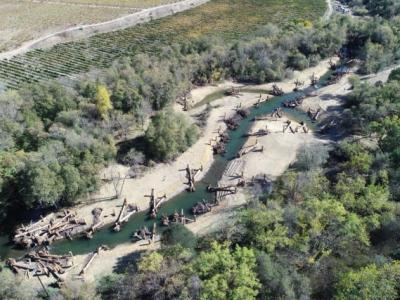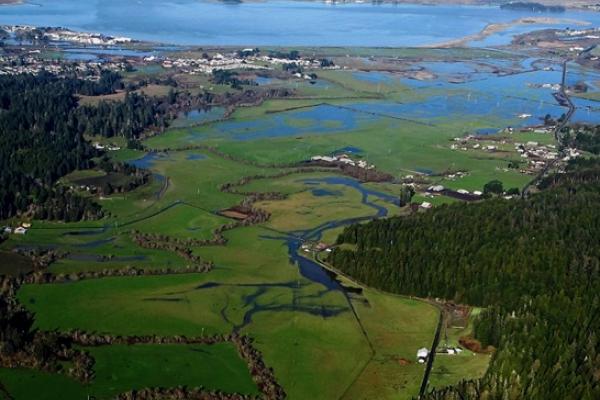The Freshwater-Estuarine Transition Zone Part 2: Habitat Restoration Planning, Design, and Implementation
Session Coordinators:
Jay Stallman and Abel Brumo, Stillwater Sciences
This session will focus on the freshwater-estuarine transition zone in coastal watersheds on the North American Pacific margin. The session will feature a diverse range of topics, including (1) hydrogeomorphic processes that create and maintain salmon habitat in riverine, floodplain, and estuarine habitats spanning the coastal plain; (2) salmon life histories and habitat use in these reaches; and (3) exemplary habitat restoration planning, implementation, and monitoring work that draws on or has contributed significantly to an understanding of physical and ecological processes in this transition zone.
Using Coho Salmon Monitoring in the Smith River to Advance Restoration Planning
Marisa Parish Hanson, Smith River Alliance
Design of Tide Gates to Maintain Estuarine Function in Muted Tidal Systems
Rachel Shea, Michael Love & Associates
Martin Slough Enhancement Project – Landscape Scale Restoration in Humboldt Bay
Bob Pagliuco, NOAA Restoration Center
Recreating Extended-Duration Flooded Wetlands and Habitat Complexity in the Lower Ten Mile and Garcia Rivers
Lauren Hammack, Prunuske Chatham
A Vision for Freshwater-Estuarine Transition Zone Restoration in San Francisco Bay
Scott Dusterhoff, San Francisco Estuary Institute
Butano Marsh Channel Reconnection and Resilience Project
Jai Singh, cbec eco engineering and Jim Robins, Alnus Ecological


